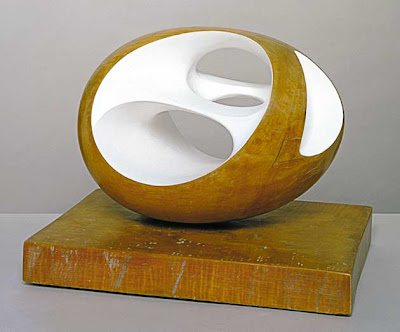
An article appeared in National Geographic, and has attracted comments by a fellow blogger (David Pescovitz) on the Boing Boing weblog (http://www.boingboing.net)
...Not only do molecules in birds's eyes enable them to sense the Earth's magnetic field, but the nerve fibers lead to a region of the brain responsible for processing visual information, scientists report. According to University of Oldenburg biologist Dominik Heyers, "birds may see the magnetic field" to orient themselves. The new study suggests that this magnetic "vision" is a key part of how migratory birds move from place to place. Other researchers posit that birds use other magnetic senses or even the stars to determine their present location.
From National Geographic:
"The magnetic field or magnetic direction may be perceived as a dark or light spot which lies upon the normal visual field of the bird," Heyers said, "and which, of course, changes when the bird turns its head..."
"An animal that has to migrate over great distances needs to have both a compass and a map," said Cordula Mora, a biologist who recently completed her postdoctoral research at the University of North Carolina, Chapel Hill.
Mora's work suggests that birds may use magnetic crystals in their beaks to sense the intensity of the magnetic field and thus glean information on their physical location.
 Here's a great suggestion.... Wear a frock made of Foam Reindeer Antlers and act like Rudolf
Here's a great suggestion.... Wear a frock made of Foam Reindeer Antlers and act like Rudolf



